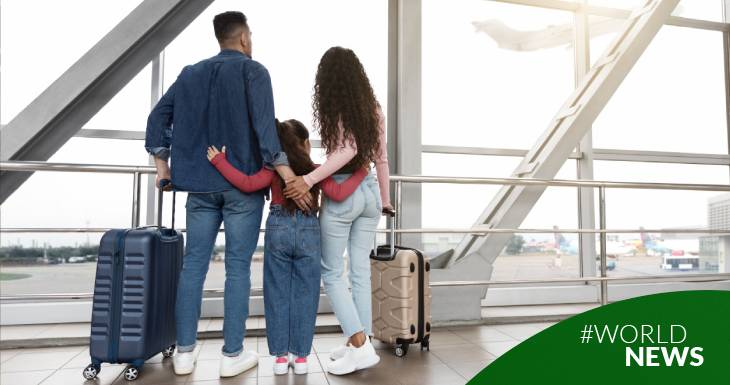Migration or refuge
If we are allowed to classify the “ways of migrating” it is appropriate to say that there are two large groups. Migrations per se, whether for work, family unification or even as a post-work destination (retirement) and migrations for refuge. These are in the face of imminent danger. In the first there is a planning, with work/without work, knowing or not the language, with or without papers, yes, there is a project, whether economic or not, of improvement. Then “rituals” of farewell are organized, meetings with friends and family… the “farewell dinner” etc. Whatever it may be, there is a disposition of the psyche to a profound change, more or less expected, more or less as projected and a waiting time to achieve what is desired.
In displacement due to refugee situation it is different. There is no possibility of a “farewell ritual”, it is almost a “leap into the void” without planning or plans, rather leaving them adrift until who knows when and only to protect life. In fact, the daily news brings us dramatic images on the edge of the imaginable.
Migrating with loved ones
Another thing to consider is the way of migrating. This can be done with loved ones, friends, partner, children and other family members, which opens up an infinite range of situations. Let's generalize a little...
It is not the same to migrate for work with small children, taking into account their needs regarding schooling, health, friends, than to migrate alone and leaving the children in the country of origin in the care of relatives. The stress in both cases is to be considered, both if the children stay in their place of origin and if there are alterations in the roles of the family dynamics.
For example, sometimes grandparents become parents and fathers occupy more secondary roles. In the case of migrating with small children, it is necessary to contain the pain of the children's uprooting, and I must say that it is difficult to contain a child when one is also going through a period of mourning.
In addition, and only in a "bird's eye view" can I refer to some problems that I observed, such as:
- Children growing up in another country that generate fear of transculturation.
- The introduction of different, "strange" customs is often seen as an attack on good family habits.
- The dismissal of parental authority typical of adolescence is reinforced in a diverse cultural environment.
Migrating with or without references
The whole combo is seasoned with the ties with which we grew up and of which we are not so aware. These ties that constituted networks, part of our daily world, day to day and that in addition to being a support for care are part of our identity brand; the organizers of life, were anchored in the ground we left behind. That is why in the way of migrating we must also consider whether it is done with or without “references”, in which case skills will be put into play to generate new ones.
The references and the networks that arise from them are essential to decompress the sadness of uprooting and support in situations of vulnerability.
The recreation of what is ours in the new place allows us to feel that what is far away is not so far away, it is just there, at the distance of a song, a local dance, an “empanada” or a dulce de leche alfajor. Maintaining one's own identity is like drinking mate on the beaches of Miami, or in the squares of Madrid, or celebrating the Day of the Dead in Boston.
There is no recipe for "good migration." I can speak from what I have observed over more than 30 years with multiple cultures (Asia, Africa, Eastern Europe, America) and that is that building ties, participating in networks, and recreating one's own culture will relieve the pain of the soul caused by uprooting, and then there will be greater clarity for thinking, for making decisions, and also less illness.
- M. Patricia MAGLITTO M.N. 15491-Psychologist UBA
- Facebook: Licenciada Patricia Maglitto
- Wa 549 1130967098
- Instagram: Licpatriciamaglitto
- Gmail: This email address is being protected from spambots. You need JavaScript enabled to view it.


